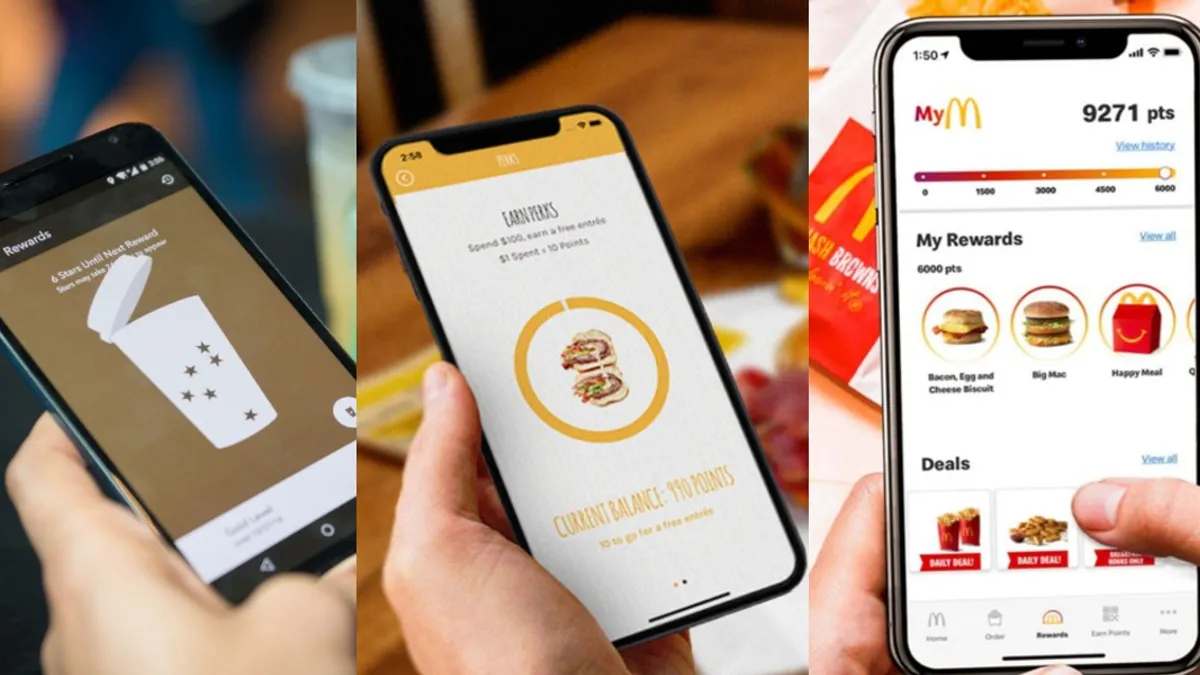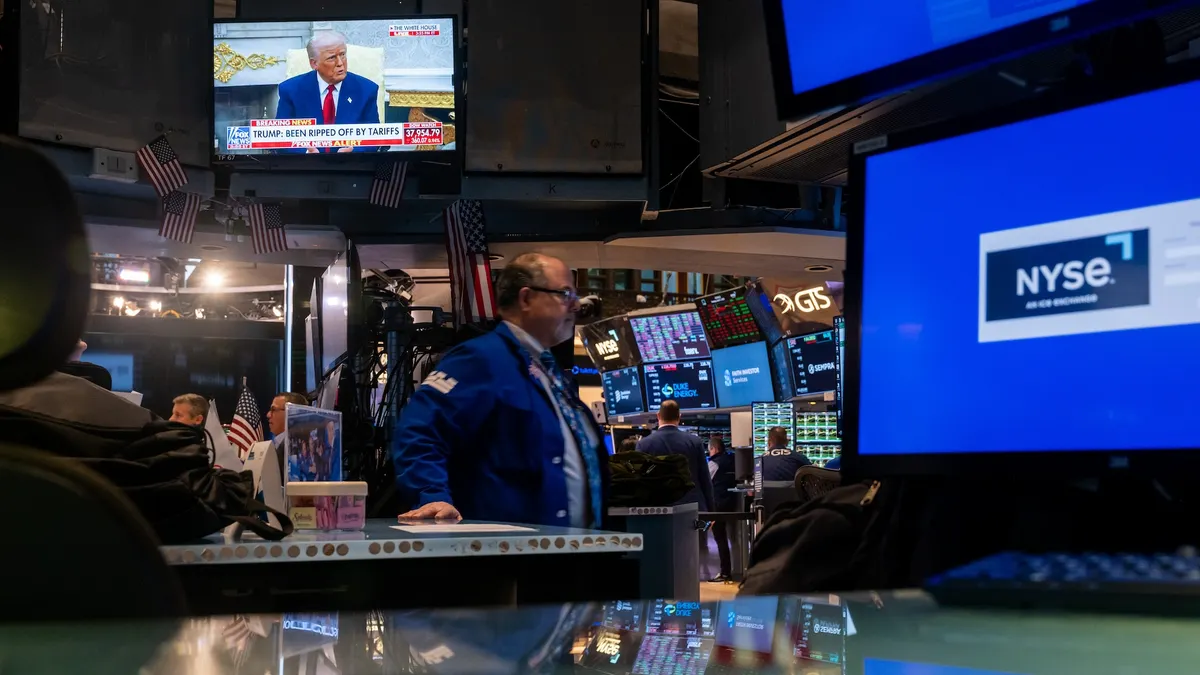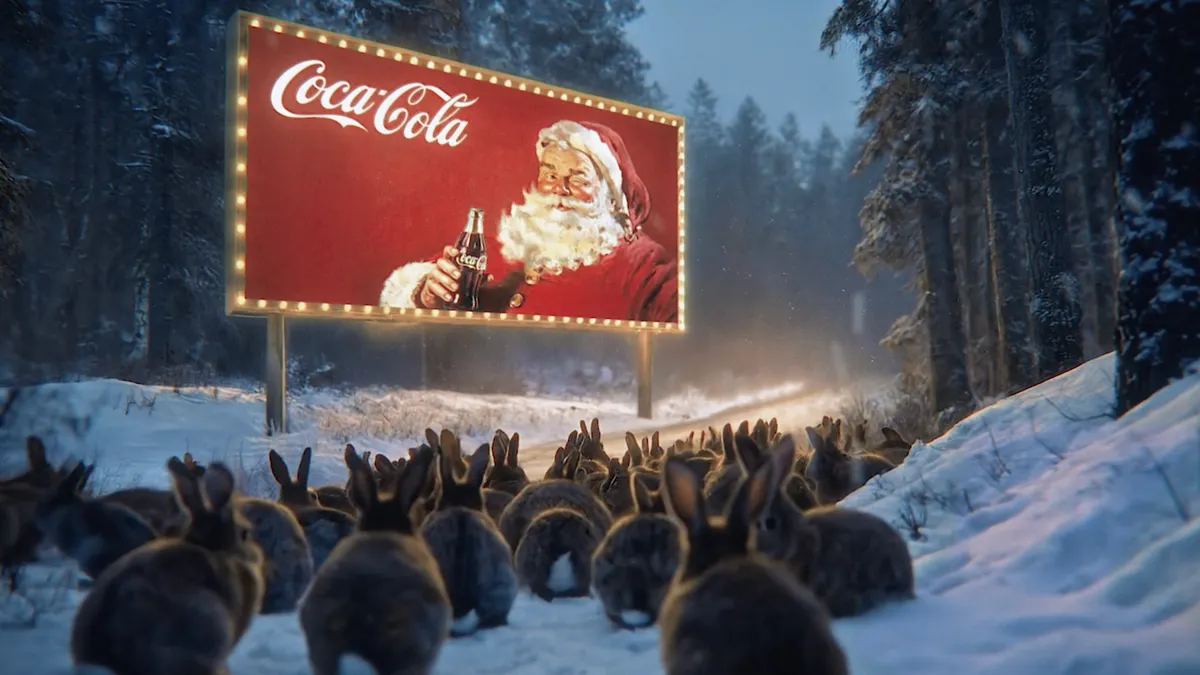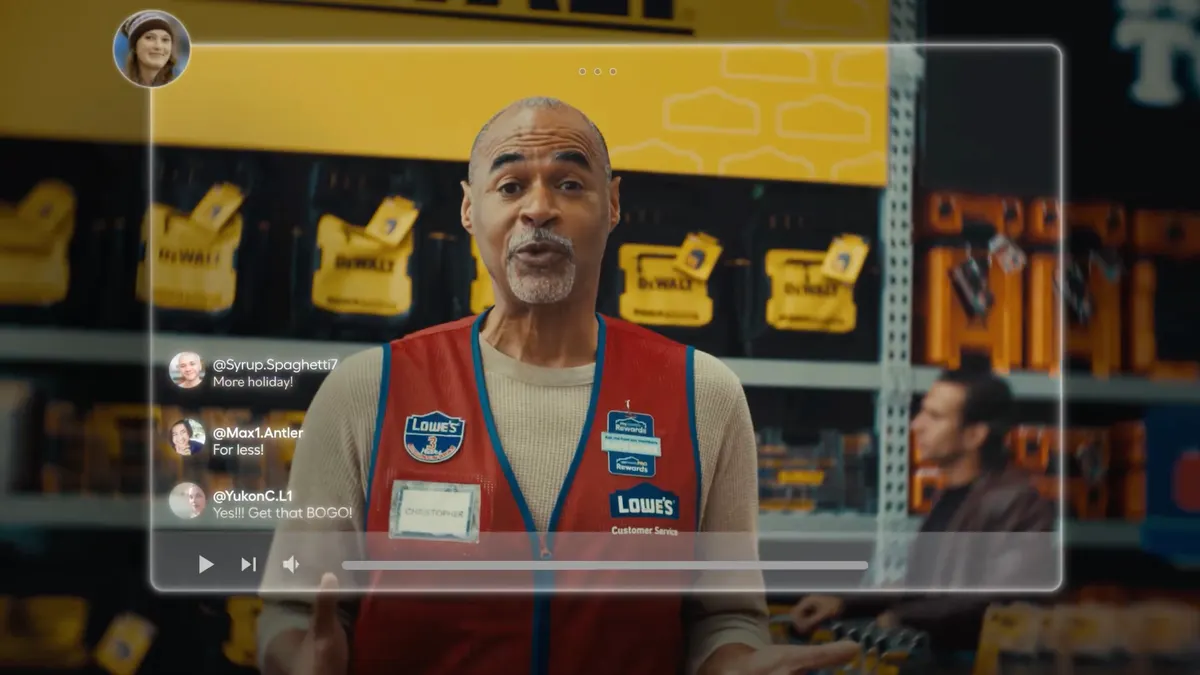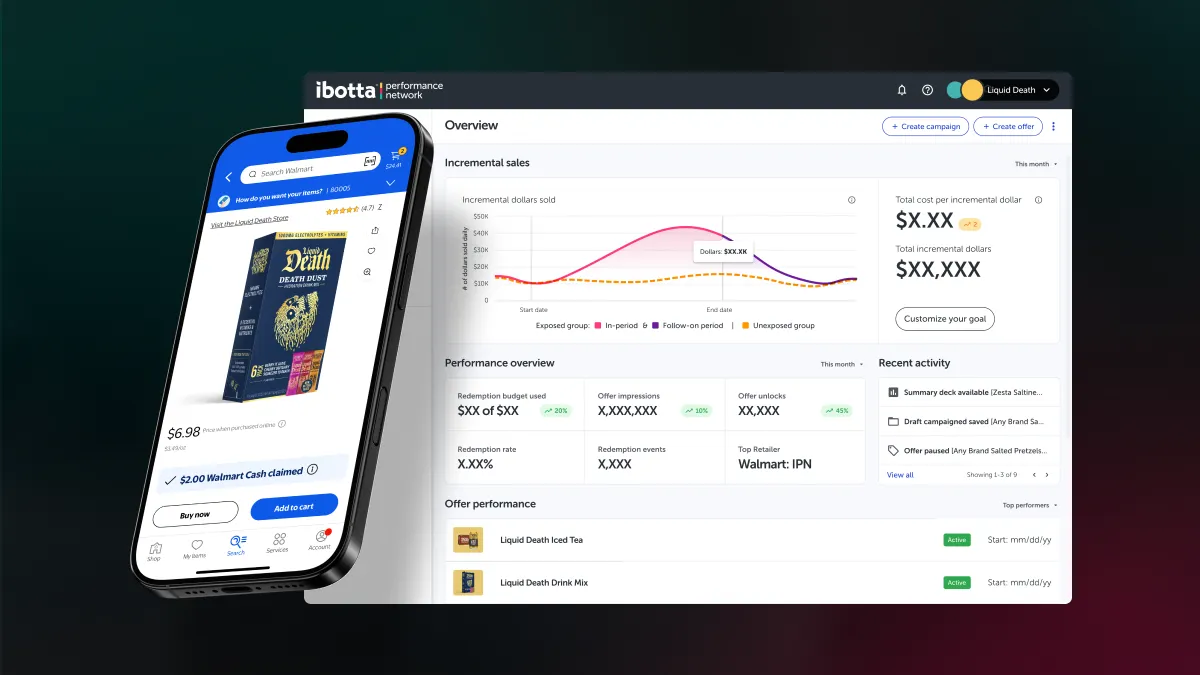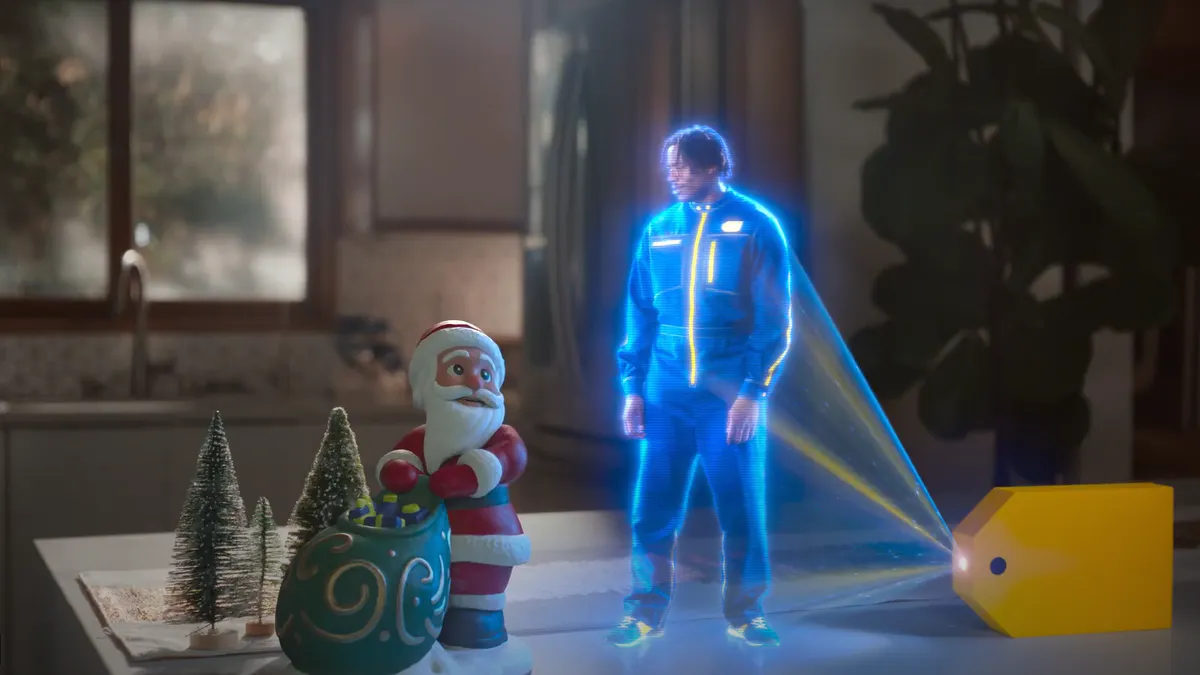The following is a guest post by Dan Jurek, vice president of strategic services at The Lacek Group. Opinions are the authors' own.
A loyalty program is like an ecosystem — a complex system of interdependent elements in a constant state of evolution. When one piece of the system accelerates or falters, that change shifts the overall balance and impacts the rest of the ecosystem.
It's important to keep evaluating your program to ensure you're maintaining a healthy balance. If not, you could be limiting your brand's bottom line and diminishing its opportunities to build loyalty.
Here are 10 key indicators your loyalty ecosystem may be out of balance, along with suggestions about how to address them.
1. Customers aren't becoming members. A downward trend in your conversion rate signals an urgent need to optimize your brand's loyalty program. Perhaps your program's offerings aren't appealing enough, or maybe your competitors have found a more compelling value proposition.
Examine your loyalty program against that of your competitors. Use the results to design a test plan with different sign-up incentives, such as a gift or discount.
2. Once-active members are becoming passive. If active members decrease their earning and redeeming, it's likely your program has become predictable.
Strategize where and how to add surprises and spontaneous offers to keep customers more engaged. In addition, explore ways to celebrate loyalty milestones through annual acknowledgement of a member's joining date.
3. Members are sitting on earned rewards. If they aren't redeeming, members probably don't view the current rewards as valuable. It's a program weakness that may signal they may be easily wooed to a competitor.
Survey your members to learn why current rewards don't appeal and which rewards would be more compelling.
4. Members object that nonmembers, or new ones, can access the same benefits. Members who've spent significant time and money often feel entitled to more valuable rewards and experiences. Loyalty offers that aren't exclusive and personalized are likely to be posted on a public website.
Create a program structure that factors in program benefits by tenure or spend. Develop exclusive offers for high-value customers to make them feel special.
5. Members say it's too hard to earn rewards. It's all about balance. If earning a reward feels too difficult — or seems too easy — you need to assess your program's value exchange.
Find ways to fold in low-cost rewards with high appeal, e.g., insider events or early access to new services or products.
6. Loyalty program costs are too high. Rewards expenses shouldn't exceed the program's overall return on investment (ROI).
Use financial modeling to identify where to redirect investment and achieve a positive ROI.
7. Your loyalty program isn't reaching across multiple demographics. If so, it's likely your content strategy and segmentation don't effectively reflect your customers' range in age, gender, geographical location, income, occupation, interests and attitudes.
Launch a segmentation and persona audit and then compare the findings against your current strategies. Look for ways to optimize your messaging, particularly through personalization, a vital tool of today's high-performing loyalty programs.
8. Your brand has a loyalty program? If your customers don't know you have a loyalty program, they sure won't join it.
Implement a customer experience audit to determine how you can better leverage all your communication channels and content. Compare your findings against loyalty leaders and your competitors to identify gaps. Then create an optimization plan.
9. Customers struggle with your technology. Technical issues are a real momentum buster. Members won't be endlessly patient with glitches or bugs as they navigate your program's technology. A competitor's program may start looking more appealing.
Evaluate your program's databases, content, commerce, and omnichannel delivery through a comprehensive marketing technology audit. Identify optimization opportunities and strategize ways to address them.
10. Customers aren't buying into product recommendations. Loyalty programs usually drive revenue through cross-selling or upselling sales and services through personalization. If your program isn't achieving its incremental revenue goals, it's time to solve the problem.
Evaluate your brand's personalization engine by carefully assessing the results of past campaigns with personalized offers. Use your observations to identify improvement opportunities.
Keeping all the moving parts of your loyalty program in balance, like a healthy ecosystem, requires constant care. Your care and attention can help your brand access the long-proven potential of loyalty programs to increase sales and retain customers.
Designing a program evolution plan — an ongoing strategy for evaluation and strategic revisions — is a smart place to start to help ensure sustainable health for your loyalty program.


